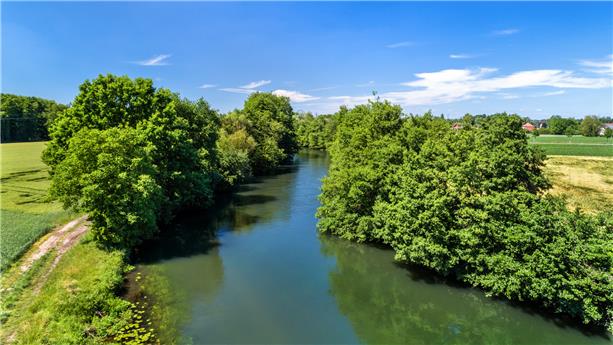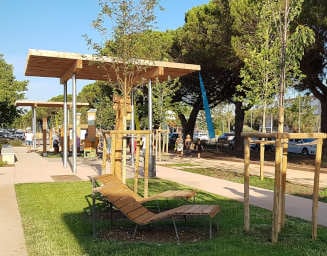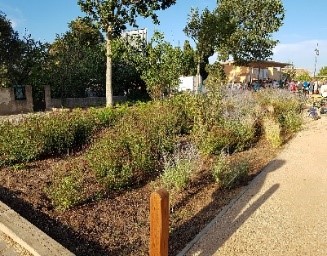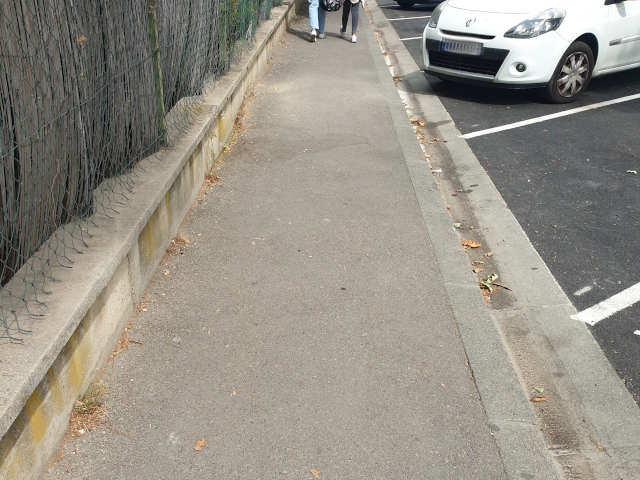
Consulting and engineering on the entire water cycle
We support you in your strategy of resilience and adaptation to climate change, at every stage of your projects.
Discover the offer

over








Our challenge: Designing cities to fight against the effects of climate change
